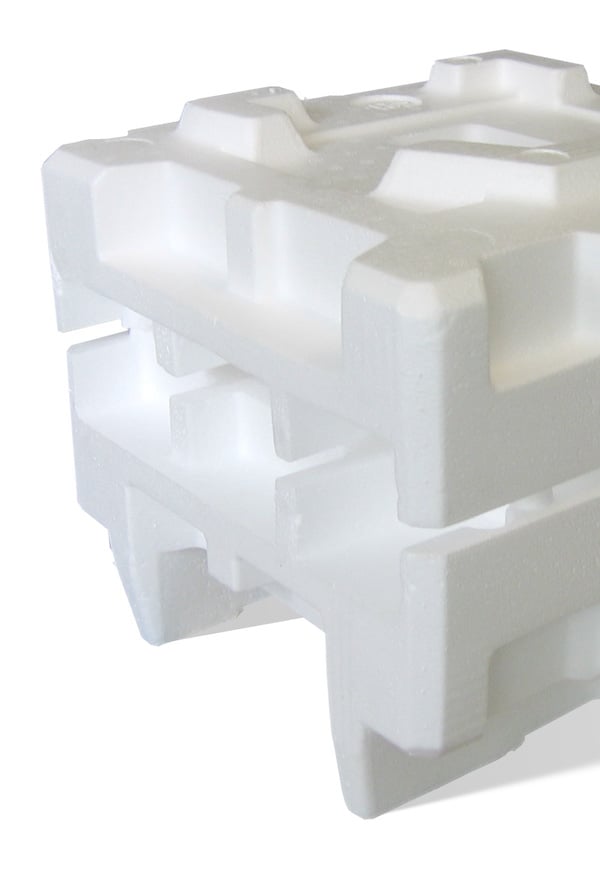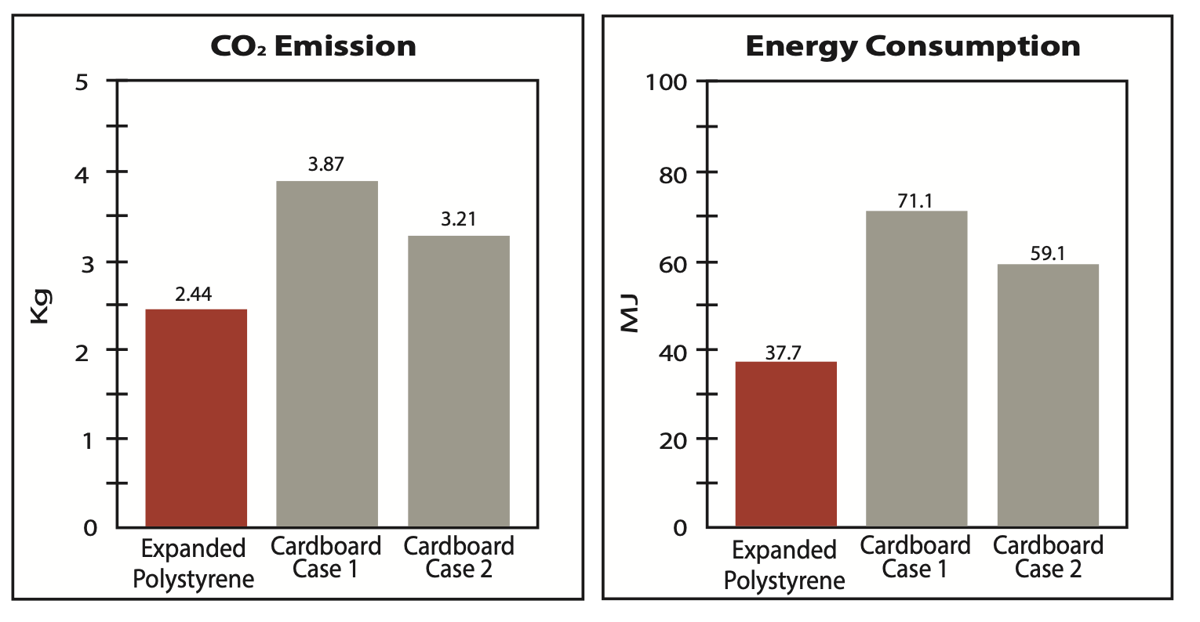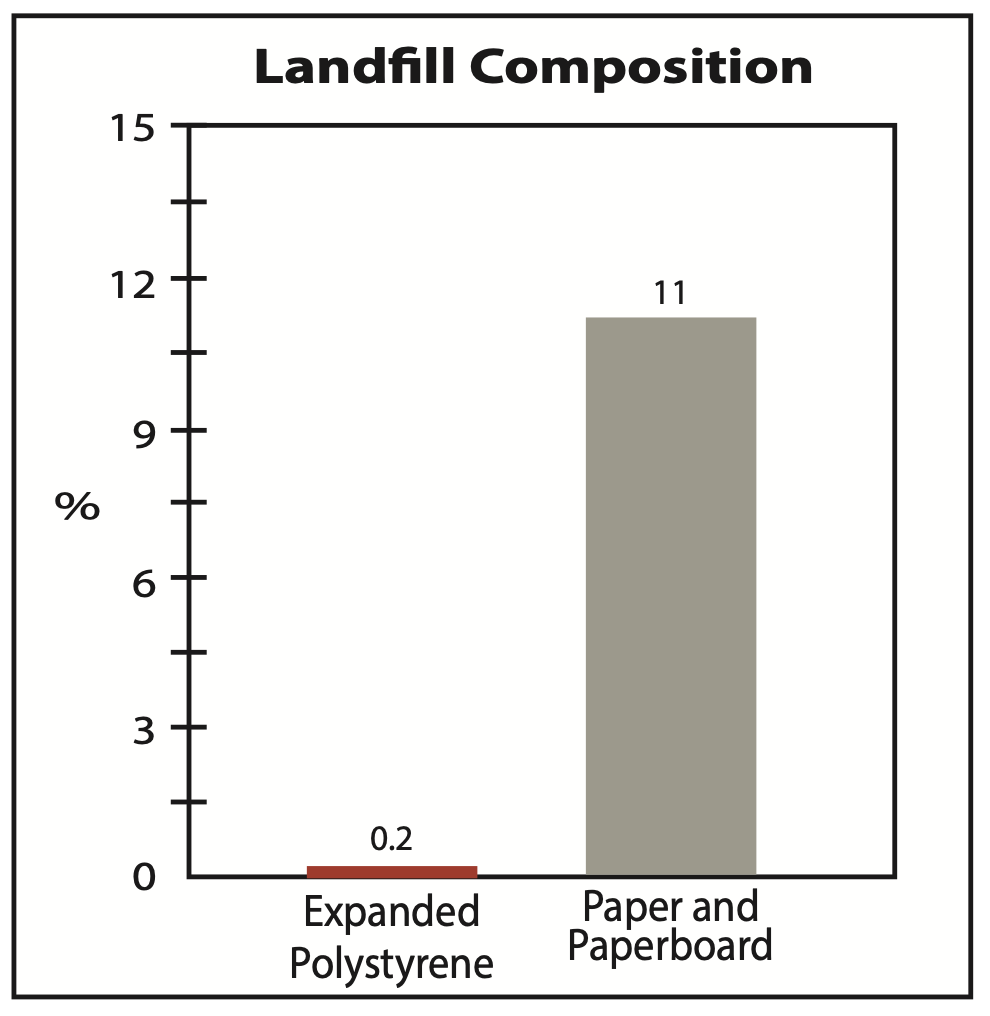Packaging Protection with R-Shield
R-Shield expanded polystyrene insulation provides cushioning and insulation properties to protect shipped products.

Expanded Polystyrene Packaging Prevents Waste
We must remember the key role of protective packaging - to provide the critical cushion protection that keeps energy-intensive finished products from being damaged and landfilled. Expanded polystyrene provides many key protection packaging benefits:
- Absorbs shocks & vibration
- Protects temperature-sensitive food and medical shipments
- Lightweight saves fuel during shipping
- Less energy intensive and requires reduced packaging over alternate materials (cardboard)
- Less air/water pollution than alternate materials
- Protects energy-intensive products from damage/disposal
- Available in a range of densities & strengths to create the ideal packaging protection
- Environmentally sound, 100% recyclable!
Explore the many custom packaging solutions with R-Shield!
Any Packaging Need, R-Shield Offers A Solution
No mater what size, shape, mold requirements or product support feature needed, R-Shield can be customized to fit virtually any packaging need. Our state of the art CNC cutting equipment fabricates with precision and accuracy for the protection packaging solutions demand.
R-Shield Packaging Always Comes in Green
Life Cycle Analysis evaluates the cradle to grave impact of products on the environment. Despite common perceptions, the environmental impact of expanded polystyrene is lower than cardboard when a Life Cycle Analysis is conducted. The following Analysis compares three packaging options of a 32" LCD TV. EPS packaging clearly has lower energy consumption and CO2 emissions than both of the cardboard packaging options.
 Cardboard Case 1 = recycled core and new linter. Cardboard Case 2 = recycled core & recycled liner.
Cardboard Case 1 = recycled core and new linter. Cardboard Case 2 = recycled core & recycled liner.
Landfill Facts
A comparison of U.S. landfills volume for polystyrene containers and packaging com- pared to paper and paperboard containers and packaging provides facts about landfill contents.
Polystyrene containers and packaging comprise only 0.2%, while paper and paperboard containers and packaging are responsible for 11%.
The disposal of paper in landfills and subsequent decomposition results in methane gas being released. Methane gas is a greenhouse gas that is over 20 times more effective in trapping heat in the atmosphere than carbon dioxide.
Data from: Municipal Solid Waste in the United States: 2007 Facts and Figures United States Environmental Protection Agency Office of Solid Waste (5306P) EPA530-R-08-010 November 2008.




